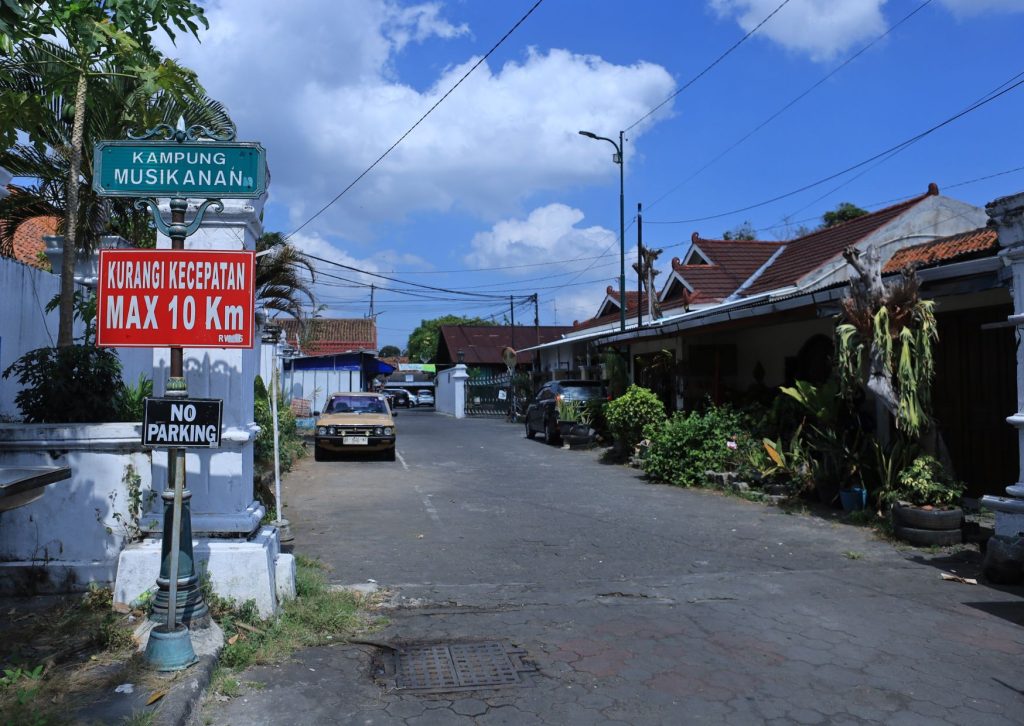Uncategorized
Designated Villages for Abdi Dalem in Yogyakarta
The Royal Palace of Yogyakarta is surrounded by villages that were formed based on the skills and positions of the abdi dalem (palace servants). These villages were initially constructed near the palace to provide housing for the abdi dalem, enabling them to perform their duties optimally. Although originally designated exclusively for the abdi dalem, these villages have since evolved into residential areas now inhabited by the general public. The abdi dalem villages extend from Tugu Jogja in the north to Panggung Krapyak in the south, and from the Winongo River in the east to the Code River in the west.
The toponyms of these servant villages provide a way to trace the history of settlements around the palace. By studying these toponyms, we can learn about the specific roles and jobs of the abdi dalem who resided in each village. These names also reflect cultural assimilation, as some village names are derived from foreign languages, such as Musikanan and Namburan, which come from the Dutch words muziek and tamboer. There’s also Gebulen, derived from the Arabic word gebuli, or nasi kebuli in Indonesian. Sanskrit influence is seen in the name Sraten, derived from sarathi, meaning elephant keeper or charioteer.
The Royal Palace of Yogyakarta is enclosed by two defensive walls. The inner wall, encircling the palace complex, is known as cepuri, while the outer wall, which encompasses both the palace complex and the surrounding residences, is called baluwerti. The area inside the baluwerti is called Njeron Beteng (inside the fortress), while the area outside is called Njaban Benteng (outside the fortress). Villages for abdi dalem located in Njeron Beteng are for those whose skills are needed at any time, hence they are given housing complex close to the palace.
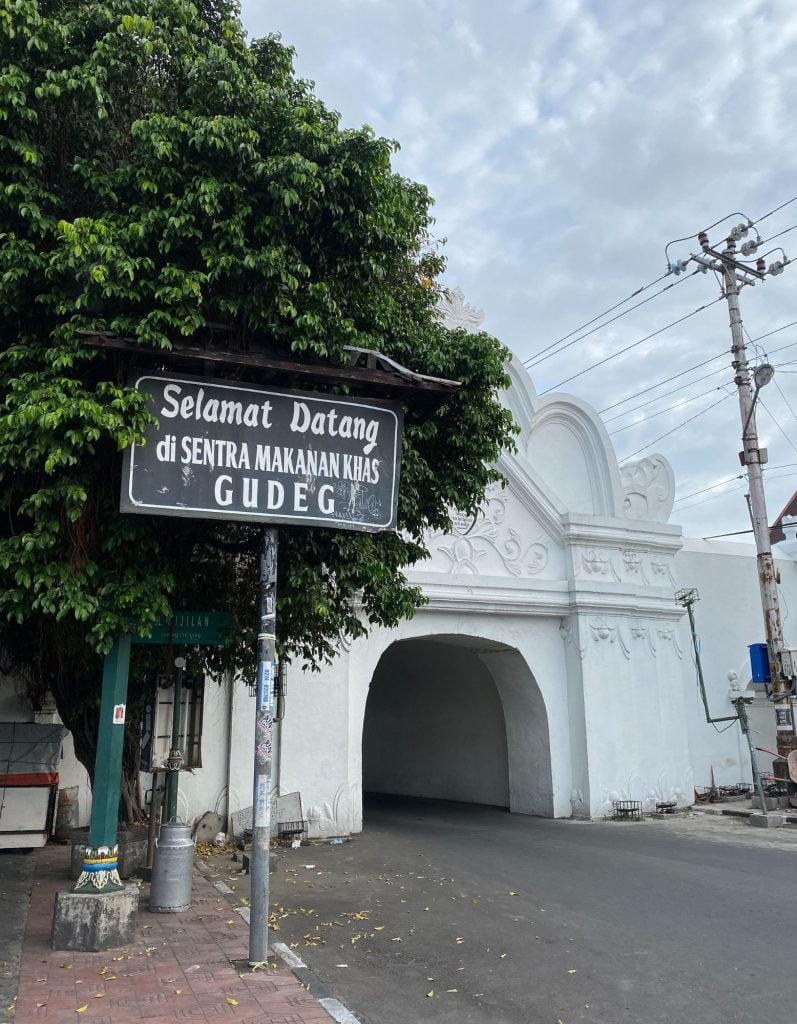
The palace soldiers were once housed in Njeron Benteng. However, a political contract with the Dutch colonists required the palace soldiers to live outside the palace walls. The soldiers’ villages include Wirobrajan, Ketanggung, Patangpuluhan, Bugis, Suronggama, Jagakarya, Mantrijero, Prawirotaman, Jageran, Daeng, Surokarsan, and Nyutran. Besides the soldiers, there are also 45 villages in Njaban Benteng that use noble titles. These village names include Yudonegaran, Cokrodiningratan, Pakuningratan, Danurejan, Mangunjaya, Cokrokusuman, etc. Some villages are named after abdi dalem with the title Kanjeng Raden Tumenggung (KRT), such as Sutodirjan, Cokrokusuman, and Sosromenduran.
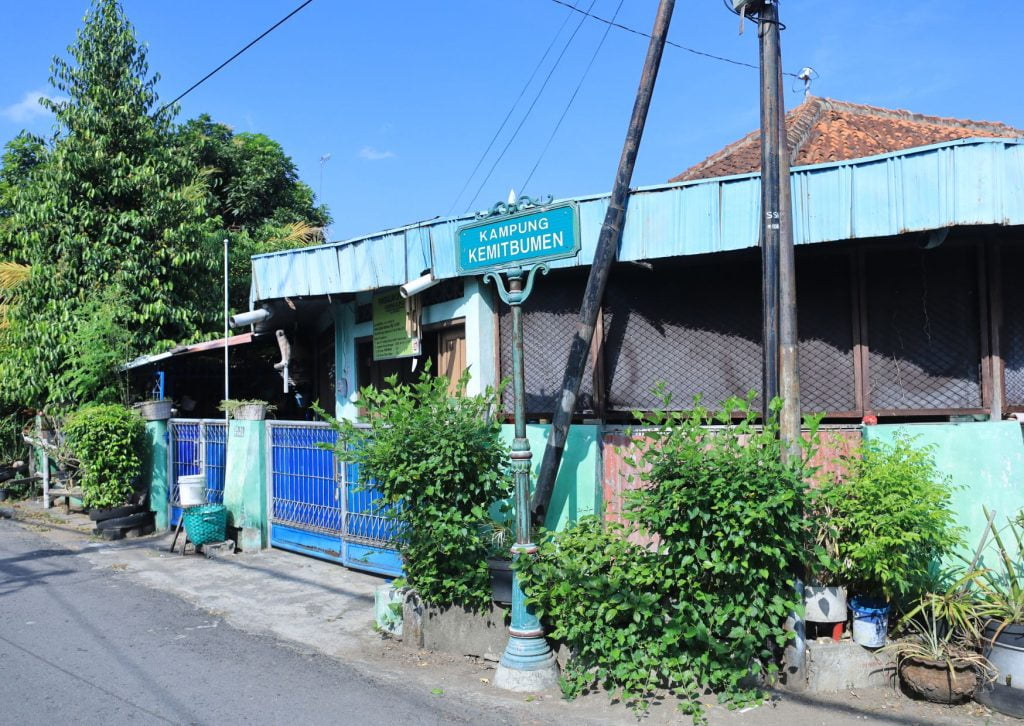
The Nayaka Wolu villages are for high-ranking palace servants due to their specialized jobs. Nayaka Wolu is a governmental institution responsible for overseeing all governmental fields. The Nayaka Wolu villages include:
- Bumijo
Home to abdi dalem handling agriculture and gardening. The name derives from “bumi sing rejo,” meaning prosperous land. This village is located in Jetis District.
- Keparakan Tengen
Keparakan Tengen is located in Keparakan Urban Village. This village is home for abdi dalem arranging soldier uniforms.
- Keparakan Kiwo
This village is located in Suryodiningratan Urban Village for servants handling weapons and military tactics.
- Gedhong Tengen
Located in Mantrijeron District for servants handling soldiers, tax collectors, goldsmiths, and coppersmiths.
- Gedhong Kiwo
Located in Mantrijeron District, for servants handling elephant keepers, horse trainers, sculptors, puppet makers, musicians, pesinden (female singers), resthouse guards, assistants, and coachmen.
- Sitisewu
This village is home for servants providing palace labor, located in Sosrowijayan Urban Village.
- Numbakanyar
This village is for abdi dalem providing daily laborers for palace needs, located in Mergangsan District.
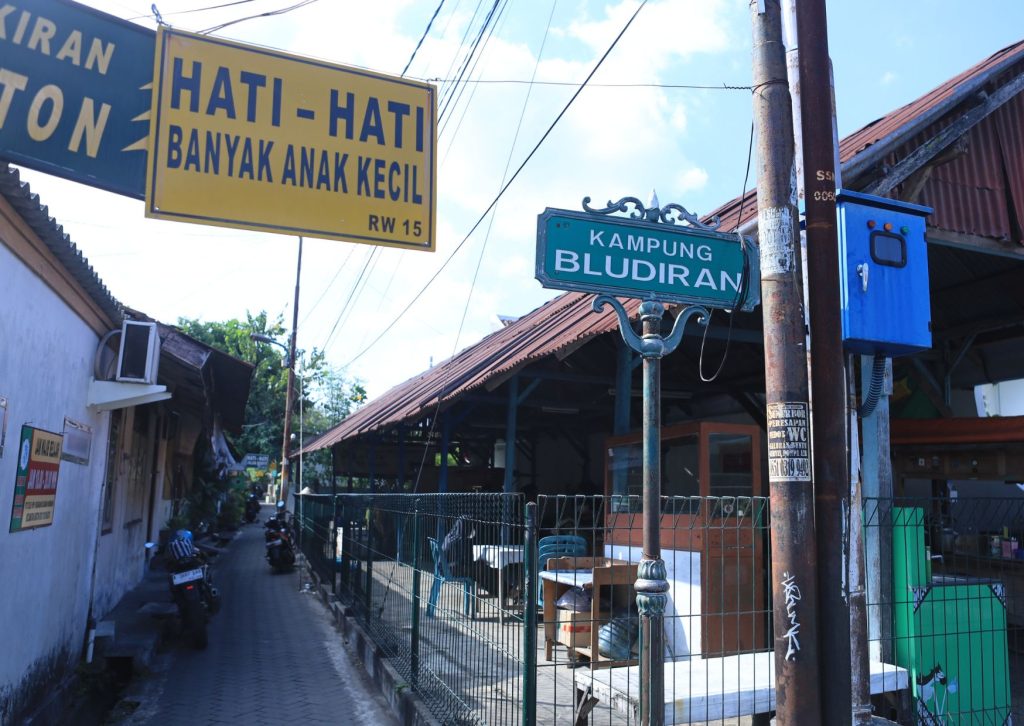
In addition to Nayaka Wolu, there are villages for abdi dalem based on their skills, divided into four areas: Njeron Beteng, west of Beteng, south of Beteng, and east of Beteng. These villages include:
- Kenekan
Located in Panembahan Urban Village, for carriage assistants.
- Kemitbumen
Located in Panembahan Urban Village, for abdi dalem maintaining palace cleanliness.
- Gebulen
Located in the Kraton District, for abdi dalem preparing cooking fire.
- Sekullanggen
Located in Panembahan Urban Village, for abdi dalem preparing rice for the palace.
- Musikanan
Located in Panembahan Urban Village, for string and wind instrument players.
- Namburan
Located in Panembahan Urban Village, for drum players.
- Dagen
Located in Sosromenduran Urban Village, for carpenters.
- Siliran
Located in Panembahan Urban Village, for abdi dalem handling palace lighting.
- Patehan
Located in Patehan Urban Village, for abdi dalem handling beverages.
- Bludiran
Located in Panembahan Urban Village, for embroiderers.
- Rotowijayan
Located west of the palace, housing the Yogyakarta Palace Carriage Museum, for carriage makers.
- Gerjen
Located in Ngupasan Urban Village, for tailors.
- Polowijan
Located in Kadipaten Urban Village, for physically challenged servants.
- Gendhingan
Located in Notoprajan Urban Village, for gamelan musicians.
- Gemblakan
Located in Suryatmajan Urban Village, for silversmiths.
- Jlagaran
Located in Pringgokusuman Urban Village, for stone sculptors.
- Pesindhenan
Located in Panembahan Urban Village, for female singers.
- Gamelan
Located in Panembahan Urban Village, for horse handlers.
- Ngrambutan
Located in Panembahan Urban Village, for hairdressers.
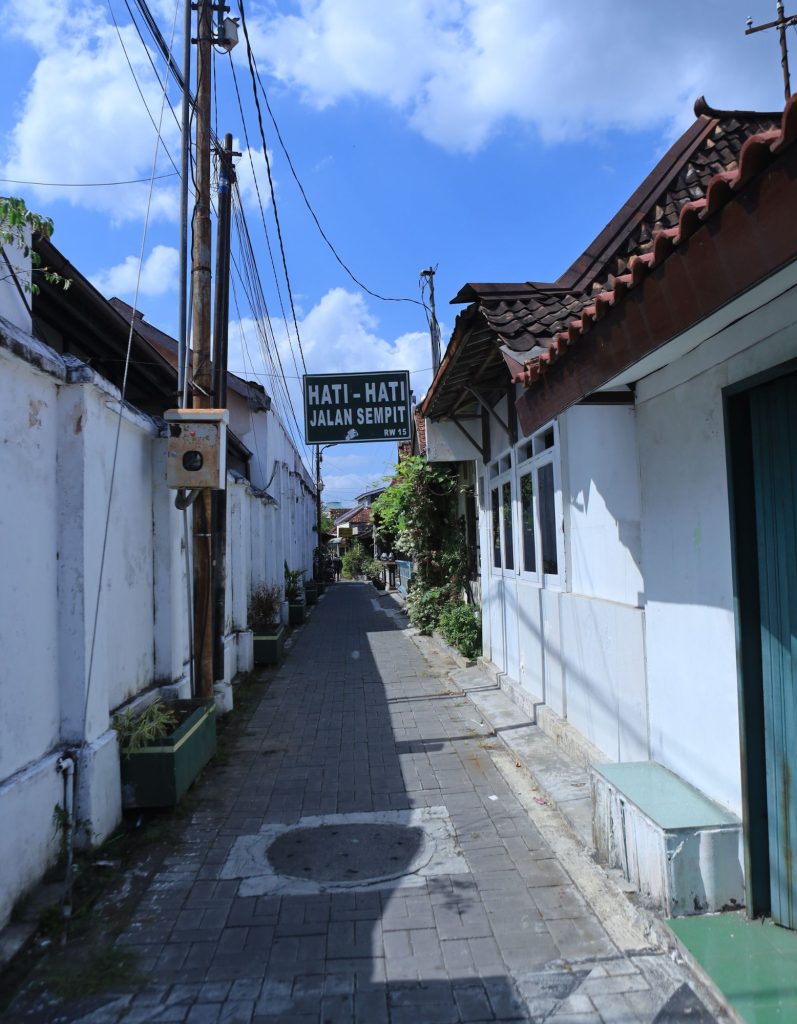
Villages for skilled servants, called kampung jabatan, include:
- Mertolulutan
Located in Ngampilan District, for executioners.
- Maosan
Located in Mantrijeron Urban Village, for tax collectors. Today it is known as Kampung Jageran or Mengkuyudan.
- Minggiran
Located in Suryadiningratan Urban Village, for abdi dalem in the keputren (palace’s female quarter). Now includes Mijen, Keradenan, and Keparakan Kiwa.
- Gandhekan
Located in Gedongtengen District, for informants.
- Kemetiran
Located in Pringgokusuman Urban Village, for mail carriers.
- Gebayanan
Located in Suryodiningrat Urban Village, for scribes.
- Suronatan
Located in Notoprajan Urban Village, for palace clerics, handling prayer items.
- Mantrigawen
Located in Panembahan Urban Village, for chief palace staff.
- Ngampilan
Located in Ngampilan Urban Village, for ceremonial equipment handlers.
- Pajeksan
Located in Sosromenduran Urban Village, for palace judges.
- Mijen
Located in Suryodiningrat Urban Village, for household servants in the palace’s female quarters.
Currently, the villages of the abdi dalem are inhabited mainly by their descendants, based on their abilities or professions. As a result, the village names no longer reflect the specific skills of their inhabitants. Additionally, these villages now also include residents who are not descendants of the abdi dalem.
Bibliography
Admin. (2017, 18 December). Toponim kampung abdi dalem Njaba Beteng. Karaton Ngayogyakarta Hadiningrat. Retrived from https://www.kratonjogja.id/tata-rakiting/7-toponim-kampung-abdi-dalem-njaba-beteng/
Jayanti, A. (2020). Toponomi kampung Njeron Beteng dan Njaban Beteng Keraton Yogyakarta. Deskripsi Bahasa, 3(2), 37-46. https://jurnal.ugm.ac.id/db
Sadali, M., Ridwan, B., Tumus, M., & Aurum, M. (2020). Informasi spasial pewilayahan dan sejarah nama kampung Kota Yogyakarta. Pengabdian Kepada Masyarakat Fakultas Geografi UGM.

